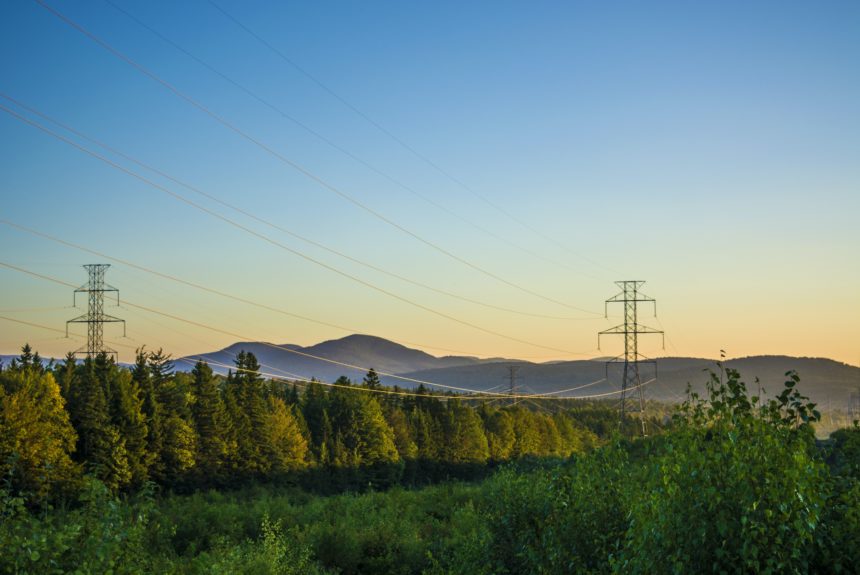Global access to electricity has been steadily increasing since 1990, while in the United States we are blessed to have 100% of households enjoy access to electricity per the World Bank.
While we often take for granted that the lights will come on when we flip the switch or the coffee maker will fire up when we hit power, not every country is so lucky. Having the reliable energy that we have in the United States requires hard work that is being done daily by power providers throughout America.
>>>READ: The Benefits of Electricity Market Competition
To draw attention to these efforts, the Electric Power Supply Association (EPSA) recently hosted its annual EPSA Competitive Energy Summit in Washington, D.C. The summit included informative panel discussions from energy leaders across the nation. Representatives included Vistra Energy, the Chamber of Commerce, NRG Energy, and many others.
One of the panels, called “Innovation in Competitive Markets,” broke down the importance of electricity market competition, and showed how competition is accelerating clean technologies and energy reliability in the United States.
Kevin Smith of Tenaska, one of the largest privately-held companies in the U.S., pointed out that “competitive markets are definitely working,” but “external forces,” including subsidies and monopolies, can often distort market value and lessen free competition among energy sources. Moving forward, electricity competition will accelerate innovation because, as Smith points out, “future focus will gravitate to technologies with a high return.”
Curt Morgan of Vistra Energy stated that in electricity markets “you either innovate or dissipate.” Morgan’s forward-facing mindset is evident in Vistra’s operations. The company currently operates Moss Landing, the world’s largest energy storage facility, and is investing in reforestation and natural reclamation projects.
Morgan did warn that the push for a greener grid could lead to reliability being put on the backburner. “We understand and believe in climate change, but reliability should be the number one issue.”
Another panel, titled “Advancing Decarbonization,” included comments from economists and CEOs, including Gordon van Welie, who heads up ISO New England, a not-for-profit organization that is responsible for operating, administering, and managing New England’s power grid.
He has outlined four pillars for a market-driven energy transition which are renewable power, transmission capacity, a robust market structure, and energy adequacy.
Van Welie explained that an energy transition is complicated and requires “a holistic view, thus the need for four pillars.” He graded where New England is, in respects to the pillars. He grades renewables as “fine,” transmission capacity as “good for now,” the robust market structure as “poor,” and the energy adequacy as “poor.”
Arne Olson, a senior partner at the firm Energy + Environmental Economics (E3), gave a nationwide grade using van Welie’s pillars, putting renewable capacity as “good,” transmission capacity as “poor,” market structures as “good,” and energy adequacy as “poor.”
>>>READ: It’s Time to Unleash Free Markets for the Energy Transition
Jill Davies of Shell pointed out that the “market structure is focused on lowering costs,” which is good for decarbonization efforts, but she is “frustrated with the demonization of fossil fuels” in conversations surrounding the energy transition.
The lunch-time keynote speaker was Pat Wood. Wood has been a leader in the energy space for several years, serving as Commissioner for the Texas Public Utility Commissionunder under then-governor George Bush before heading up the Federal Energy Regulatory Commission in the Bush administration. He currently serves as the CEO of Hunt Energy.
Wood said that “we have to liberate the innovative spirit of this country’s entrepreneurs, scientists, businessmen, and engineers.” He also warned that the supply chain must be fixed before we address decarbonization. Indeed, America is heavily reliant on China and Russia to supply the rare earth minerals that are necessary to create clean technologies such as solar panels or wind turbines.
Mr. Wood also emphasized the importance of reliability in the future, warning that we can’t push decarbonization while forgetting reliability. “In the dark, you can’t tell the difference between brown and green,” he quipped.
Wood remains optimistic about the future of electricity in the United States. “Robust, market-driven innovation will power a clean energy future.”
The EPSA Competitive Energy Summit highlights the growing faction of free marketeers in the United States. As the country looks to reduce emissions while ensuring energy reliability, it is clear that the private sector leaders of today are well-equipped to offer solutions that protect ratepayers and reduce power-sector emissions.
The views and opinions expressed are those of the author’s and do not necessarily reflect the official policy or position of C3.
